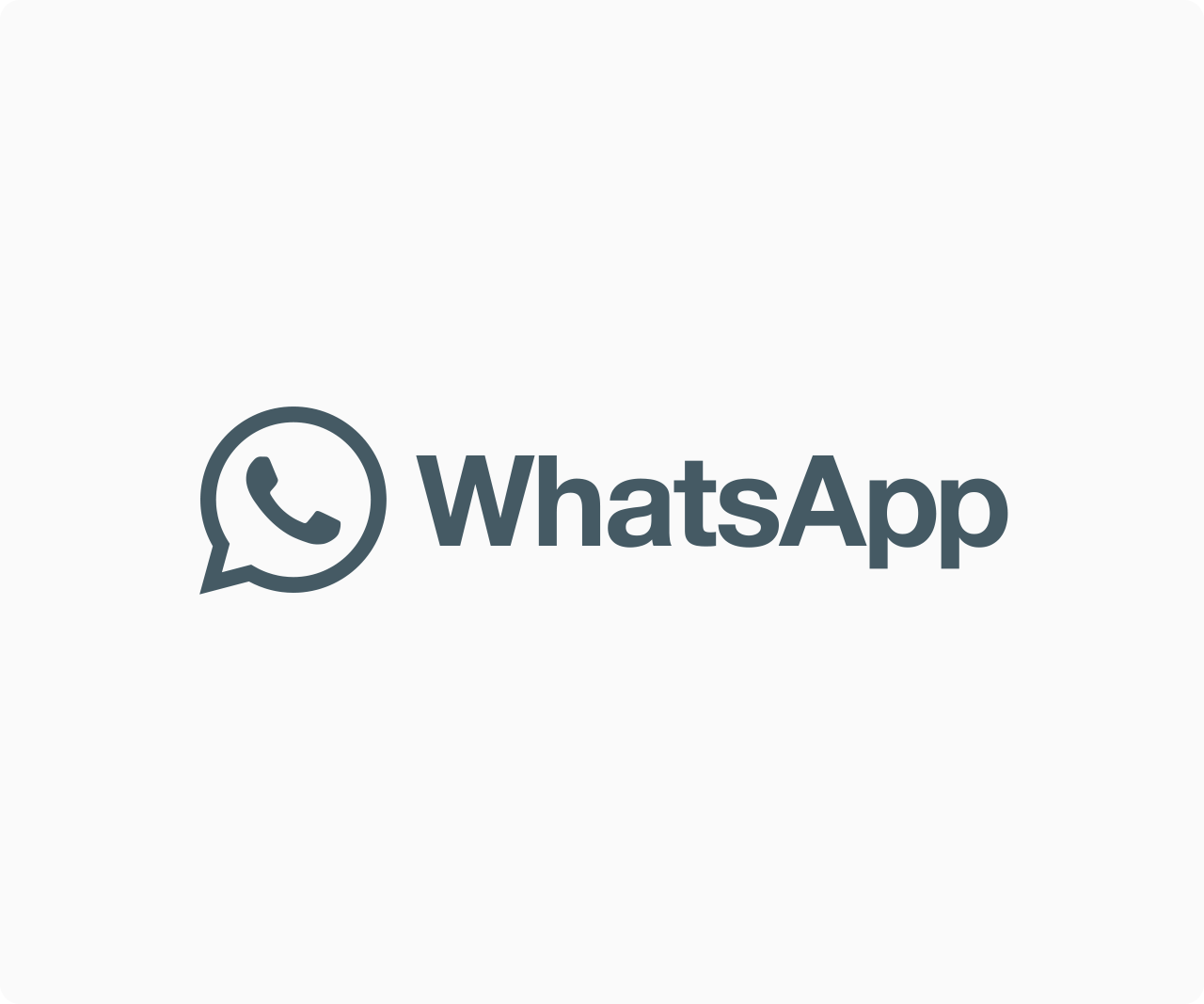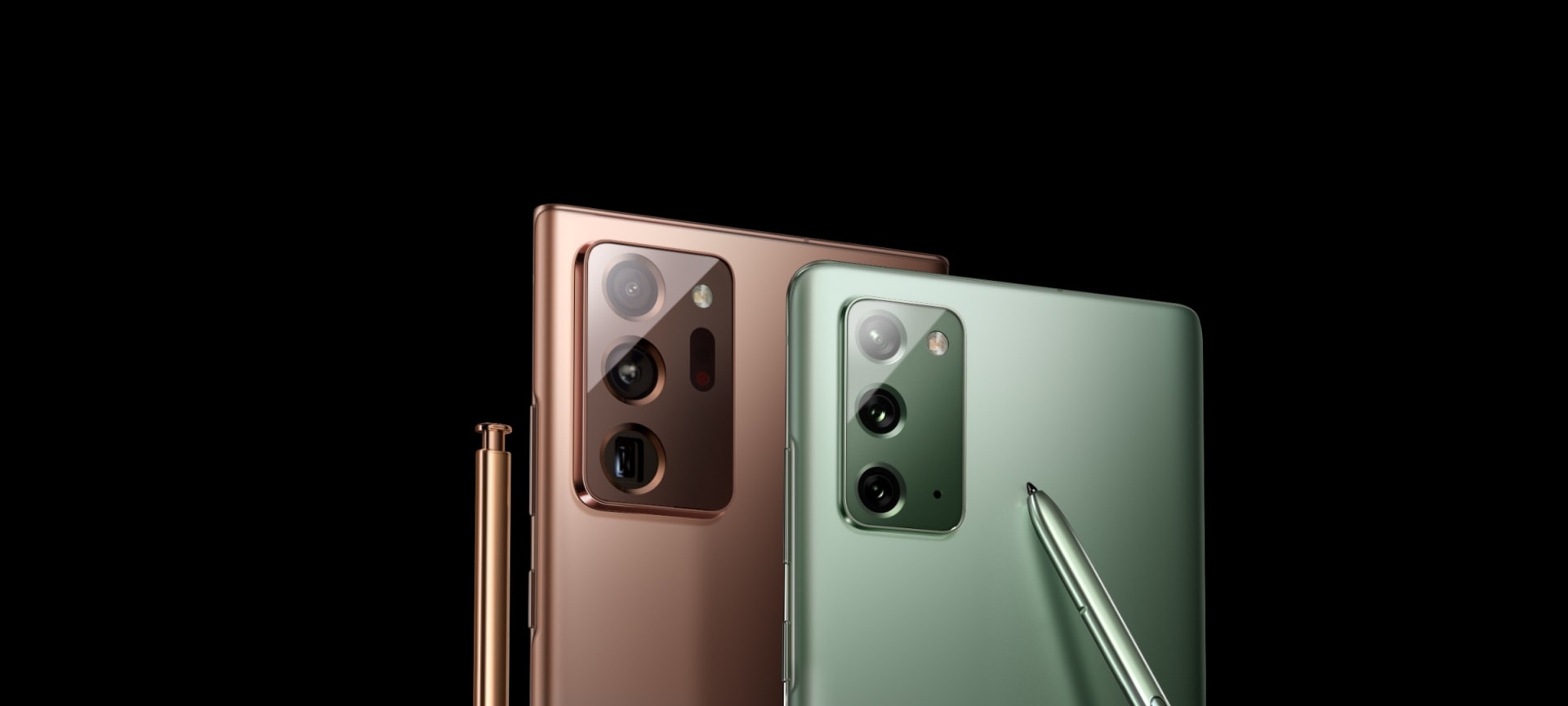News
Audi Is Bringing 5G Connectivity To Its Vehicles In 2024

Earlier this year, the two companies announced a partnership aimed at bringing 5G connectivity to Audi of America’s vehicle lineup by the year 2024. Faster music and video streaming will be possible as a result of improved connectivity.
As a result of this latest agreement, new model vehicles with more complex software requirements will be able to access faster network speeds than ever before. Additionally, it comes at a time when automakers are experimenting with new technologies such as V2X communication, which has the potential to improve safety and driving quality in the future.
Audi and Verizon say that starting with the 2024 model year, the automaker’s vehicle lineup will feature 5G Ultra Wideband technology. “Augmented mobile services” and “new driver-assistance features” will be possible as a result of the improved interconnectivity, according to both companies.
When the Audi A3 sedan debuted in 2015 with Wi-Fi and 4G LTE connectivity, Audi touted its pioneering status as one of the industry’s first automakers. We will be among the first in the US to offer our customers the next generation of connectivity,” said Filip Brabec, senior vice president of product planning at Audi of America, in a statement.
READ ALSO: Just In: Google Adds More iMessage Features To Android’s Messages App
Many smartphone owners have had a mixed reaction to the new 5G technology, which has the potential to be 100 times faster than 4G LTE. Most smartphones that claim to use 5G aren’t any faster than 4G, as the infrastructure is taking longer than expected to build.
Another early company to experiment with V2X communication, Audi demonstrated a feature that allows its cars to communicate with a municipal traffic system to predict traffic conditions. V2I, in particular, adds a high-tech shine to the instrument panel and helps sell customers the subscription packages required for new features, the company claims.
As a result, the rollout of V2X technology has been sporadic at best. Mercedes-Benz equipped its 2017 E-Class and 2018 S-Class models with vehicle-to-vehicle (V2V) technology. V2V was also introduced in the Cadillac CTS by General Motors in 2017 More and more automobile manufacturers are turning their attention to an emerging communication method known as cellular V2X (C-V2X).
New cars will no longer be required to be equipped with V2V technology under the Trump administration’s decision in 2017. The FCC’s new plan to use some of the spectrum set aside for V2X instead of expanding Wi-Fi exacerbated tensions even further last year. “A promise unfulfilled,” FCC Chairman Ajit Pai referred to V2X, saying that the lower 45MHz of the band could be used for Wi-Fi, while the upper 20MHz could be dedicated to “C-V2X.”
Dedicated Short Range Communications (DSRC) is a technology that is similar to Wi-Fi and used by cars to communicate with one another over an unlicensed spectrum. Vehicle-to-everything (V2X) applications are the only ones allowed to use the 5.9GHz band set aside by the FCC. So, cars talking to other cars, traffic signals, the phone in your pocket, and so on are all examples of vehicle-to-vehicle (V2V), vehicle-to-infrastructure (V2I), and vehicle-to-pedestrian (V2P).
It’s not just Tesla that’s bringing 5G to its vehicles. Similar agreements were made between General Motors and AT&T last year to provide 5G connectivity in all model-year 2024 cars.
For the sake of vulnerable road users, such as pedestrians, children in the street, road workers, and cyclists, Audi says it is ready to “collaborate with state departments of transportation, infrastructure providers and technology providers to develop direct C-V2X communication.”




